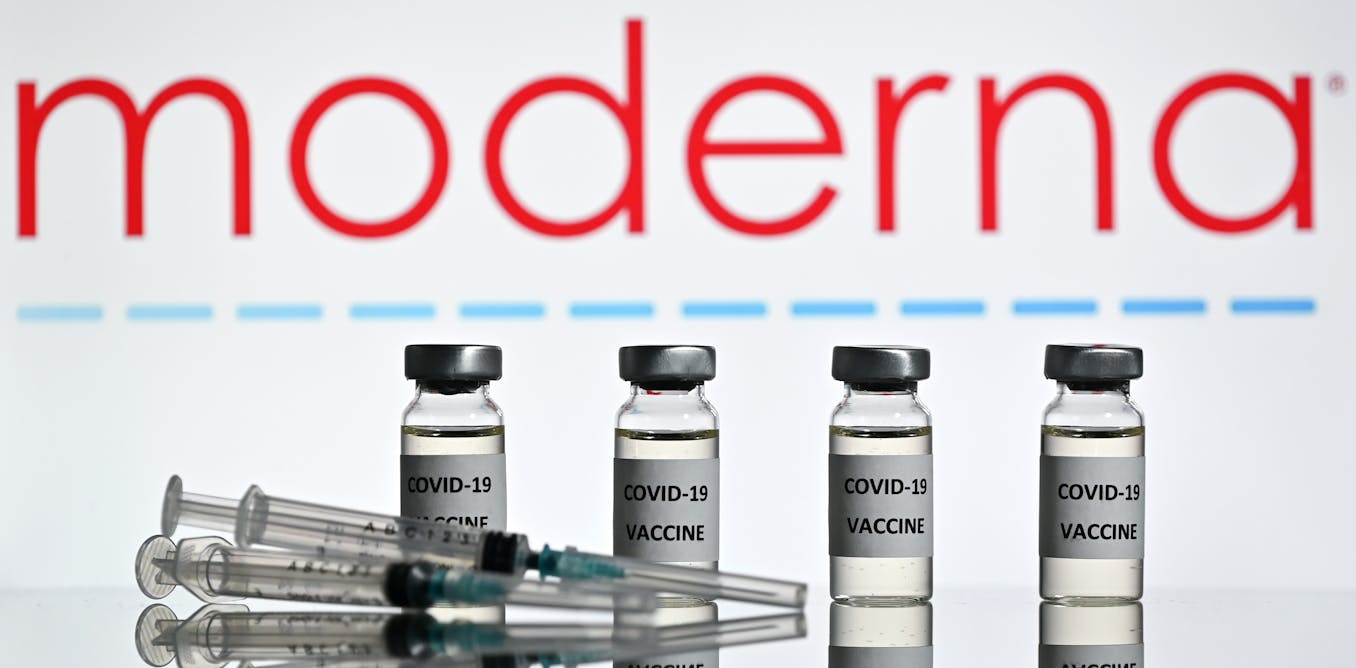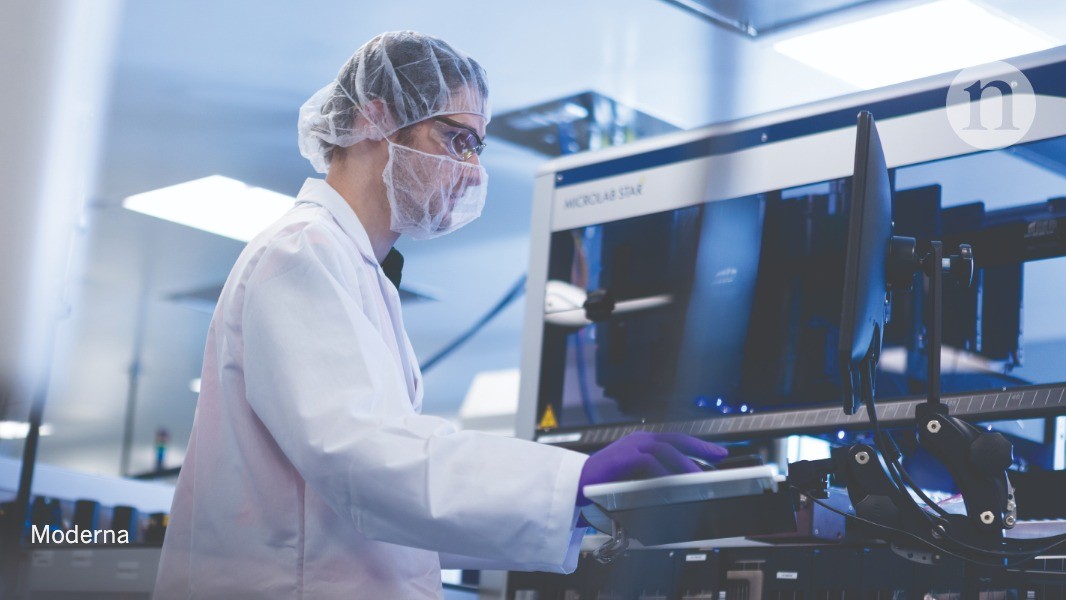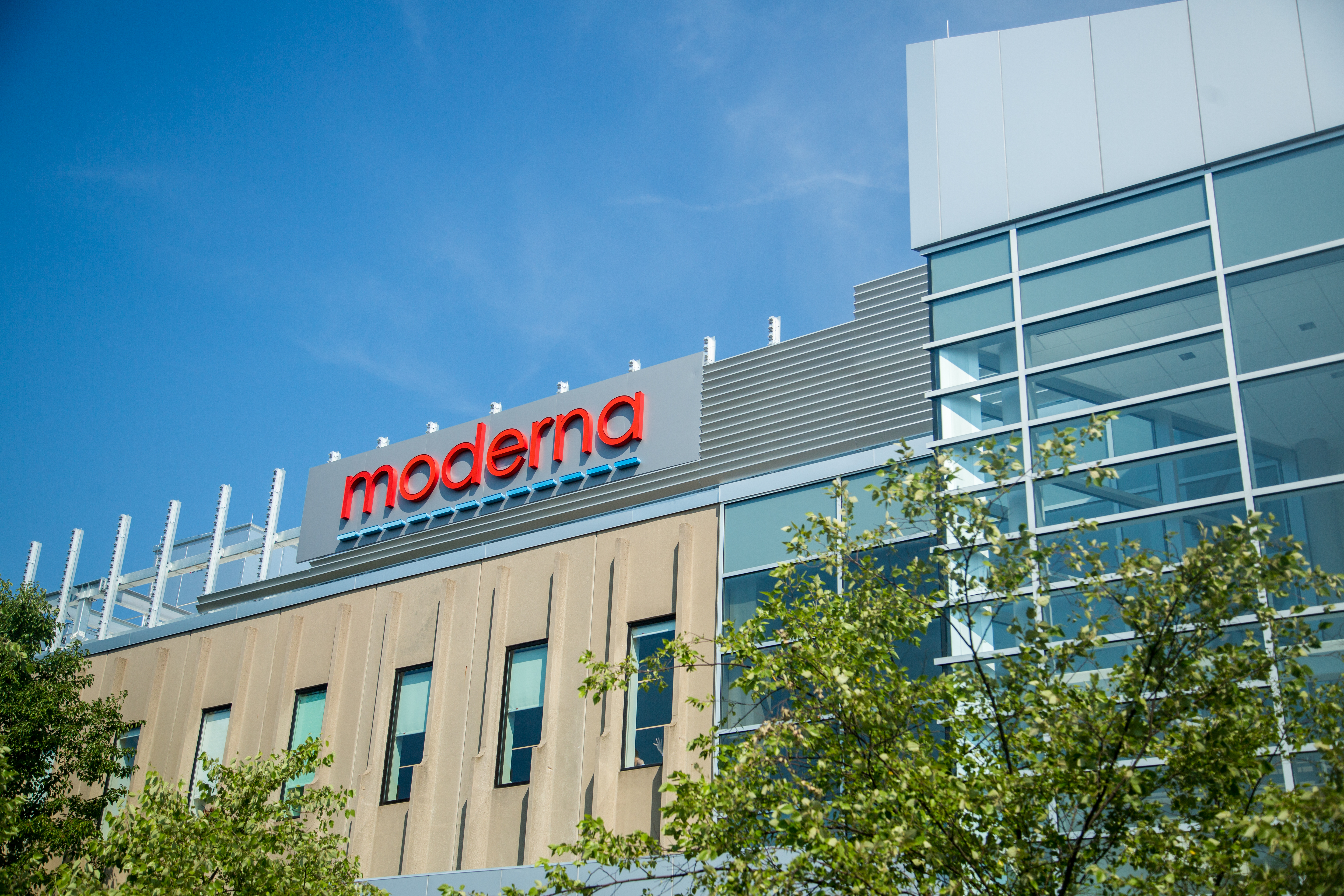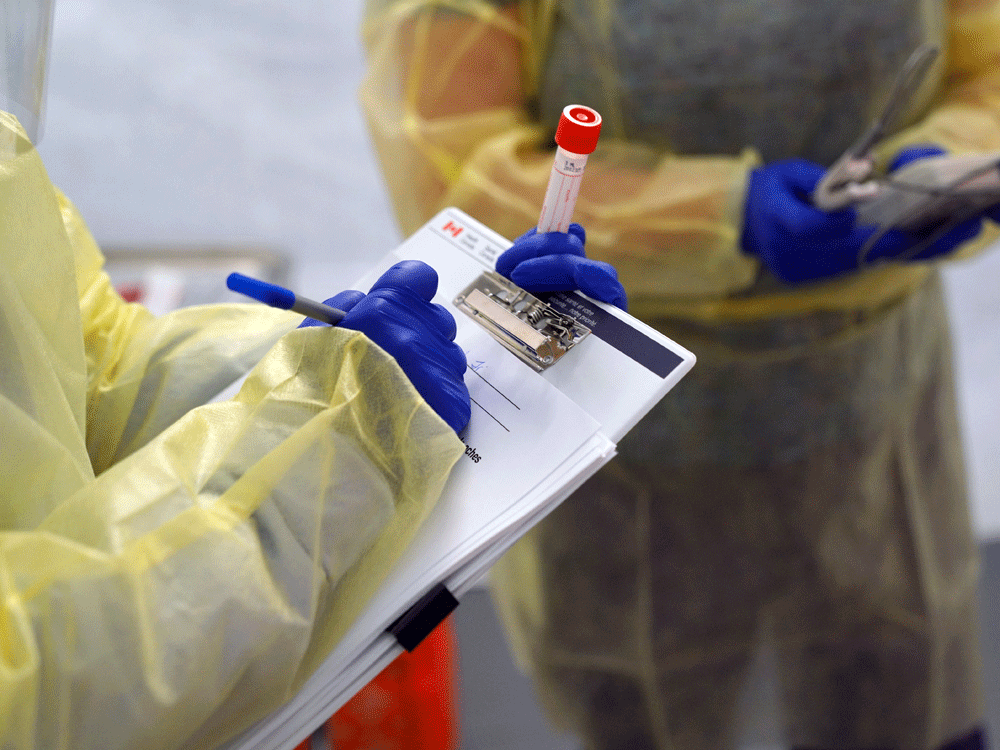Ananda
The Bunker Group
I got information from Indonesian new health Minister. He's an ex Banker, thus he's still talking to our group from time to time. Pfizer is the preferred vaccine by Indonesian government for people above 60 or people with accompany condition like diabetic, heart or lung problems. However since it need to be stores in deep freezers, then they (the health ministry) still try to solve the problem to distribute them to area outside provincial cities or cities at same class. So far the hospitals up to C class has facilities to handle the storage of Pfizer or other RNA type vaccine. However it will create problem if the vaccine has to send to rural areas.The Pfizer vaccine also doesn't lend itself to use in 3rd world or hot climate countries or long travels, as it must remain at -70 degrees C while being stored. This is going to be tricky to roll out even in 1st world countries
That's why for wide distribution to rural and outlying area, they're still relying to non RNA type vaccine like Sinovac and Astra Zeneca.
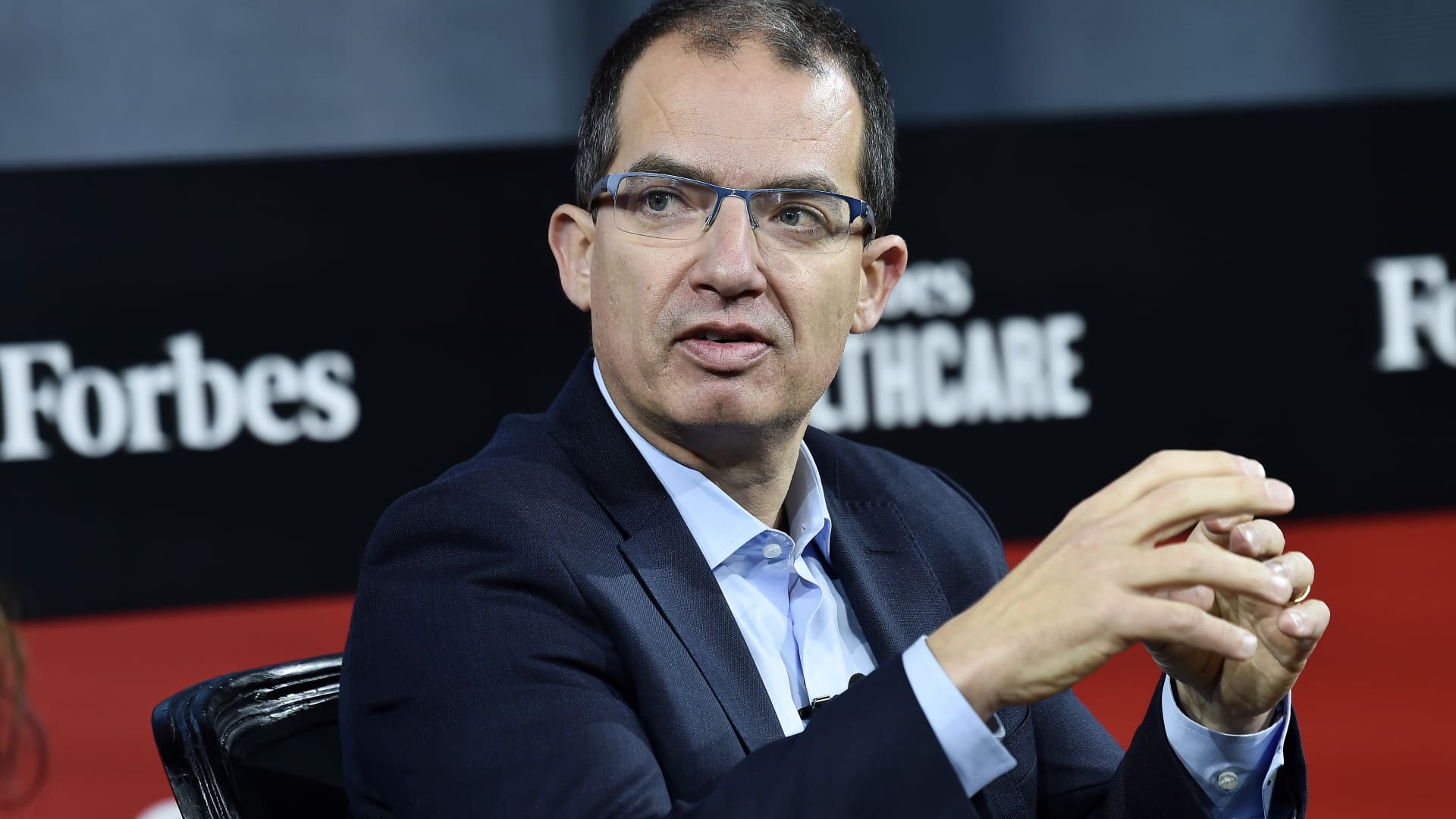
Moderna CEO says the world will have to live with Covid 'forever'
"We are going to live with this virus, we think, forever," he said during a panel discussion at the JPMorgan Healthcare Conference.
This is what people must understand, this type of corona virus like influenza will not disappeared. How the vaccination do is to prevent as much as possible the severe hospitalisation cases.
I remembered few years ago, I went to US during flu season. My doctor already warned me to get flu shot before going, as that period (in winter), is during flu season. I don't take it, as I said to my self, is only flu no worries. Turn out I got problematic flu strains in New York. Need hospitalisation for three days.
The doctor there reinstated what my doctor in Jakarta told me. Since I come from outside US better prepared with Flu shots, as the Influenza strains in US bit different with Influenza strains in tropics that my body already used to.
So in future, there will be COVID shoot that we will needed to take for traveling toward some area, just like Flu shoot needed now. Influenza kill tens of thousands people each year in North America alone. This COVID will stay, and I suspect some fatalities will still happen from COVID in future, just like Influenza did. What the vaccine needed is to give our bodies immune system help to prevent severe cases. Just like Influenza, it will never disappeared. Our bodies with the help of vaccine, hopefully will learn to adapt.
Last edited:


